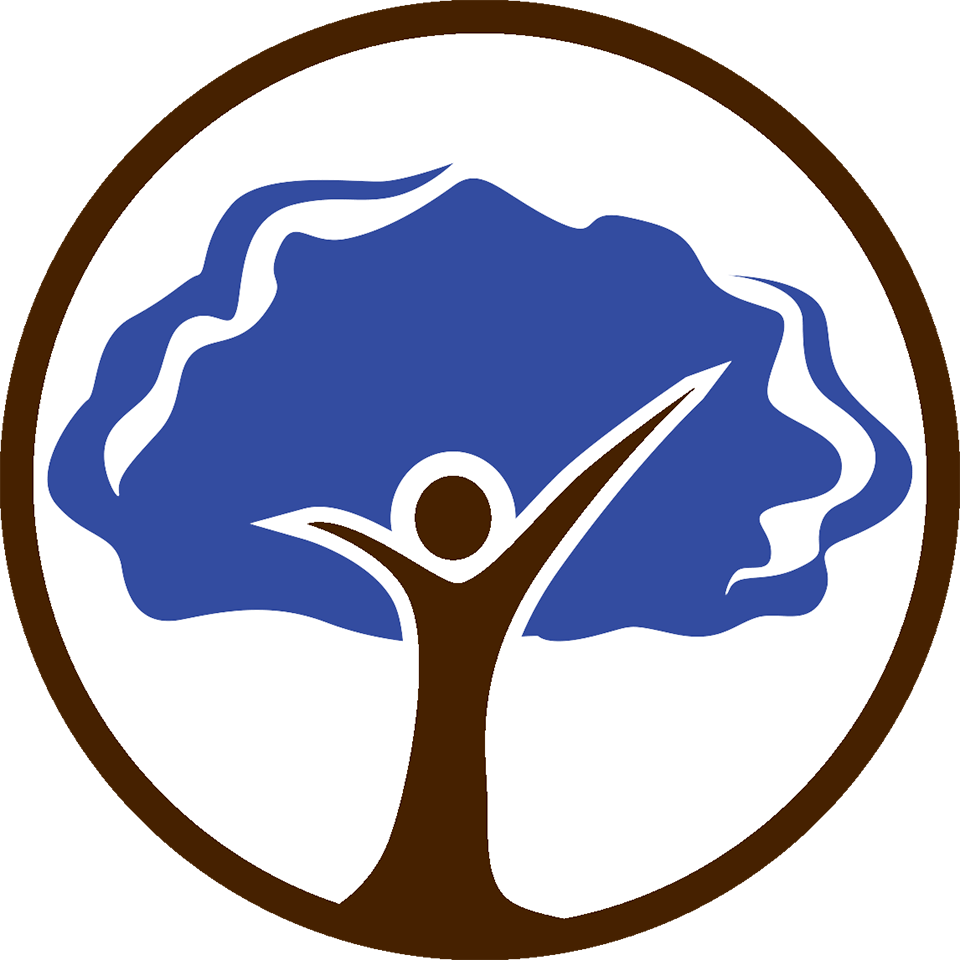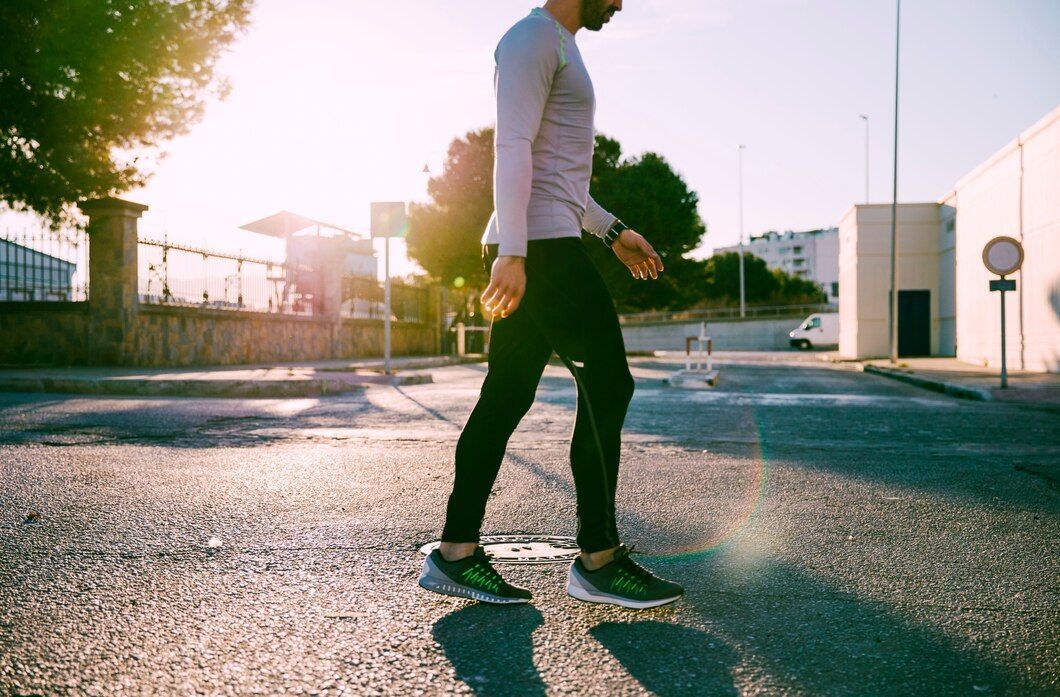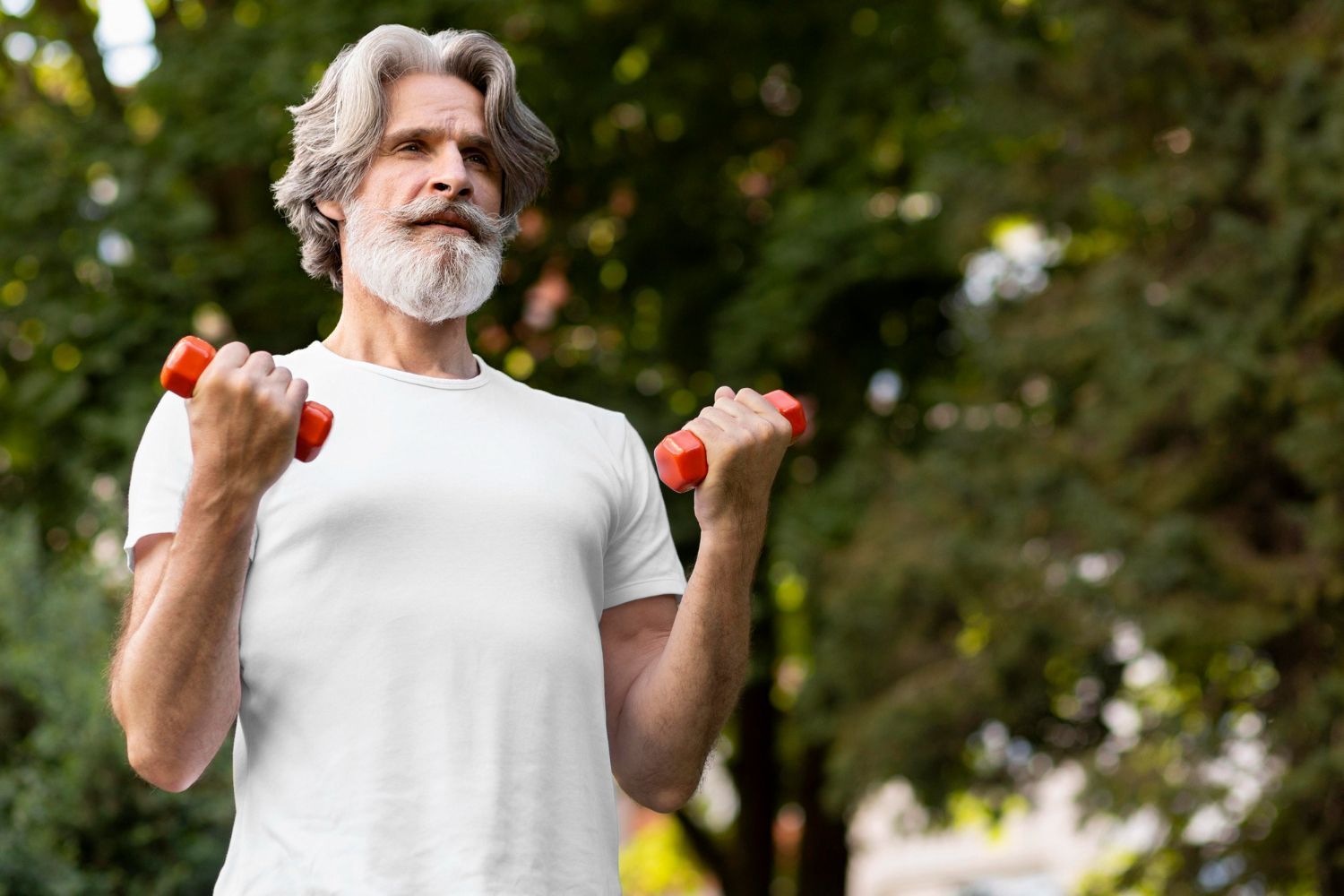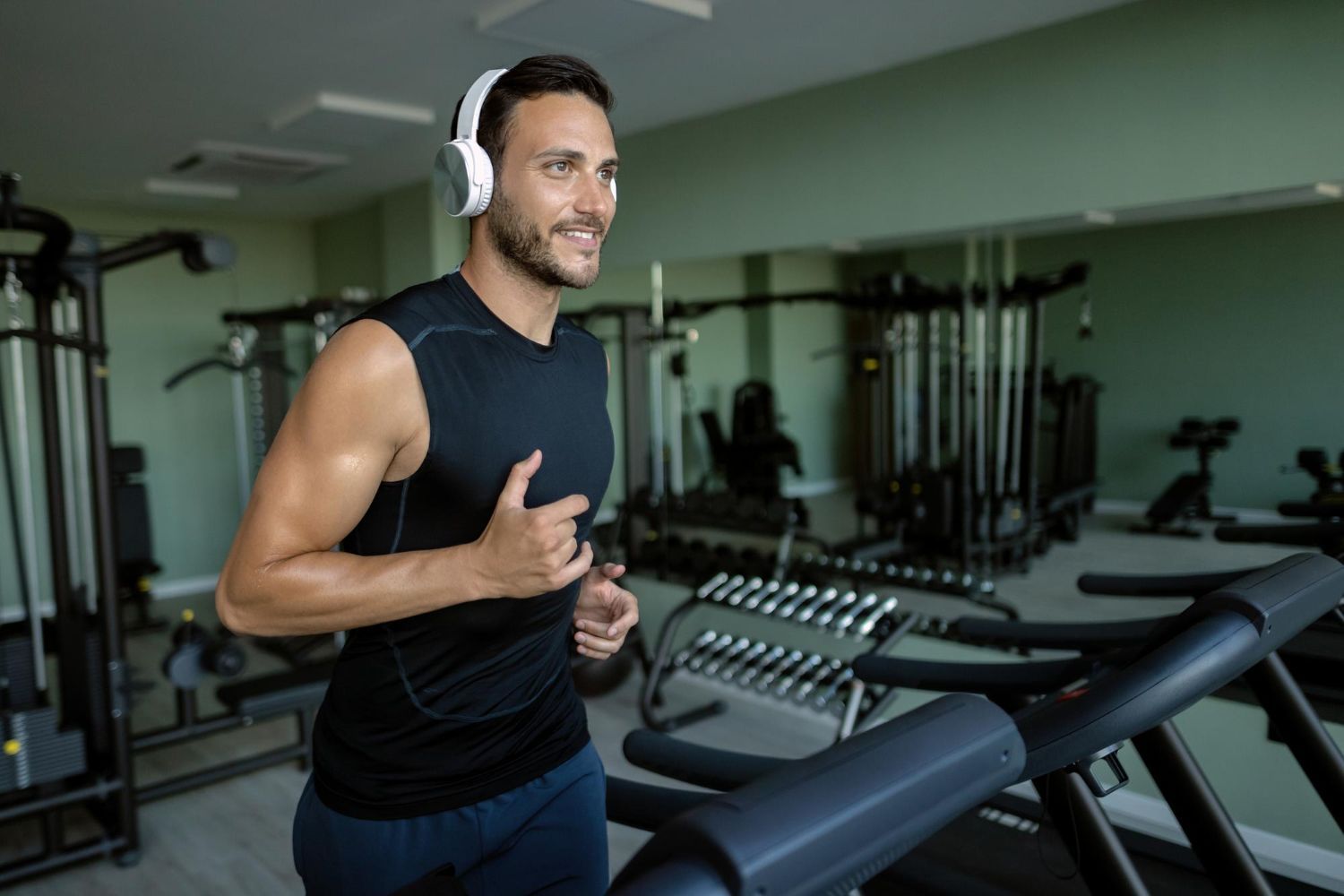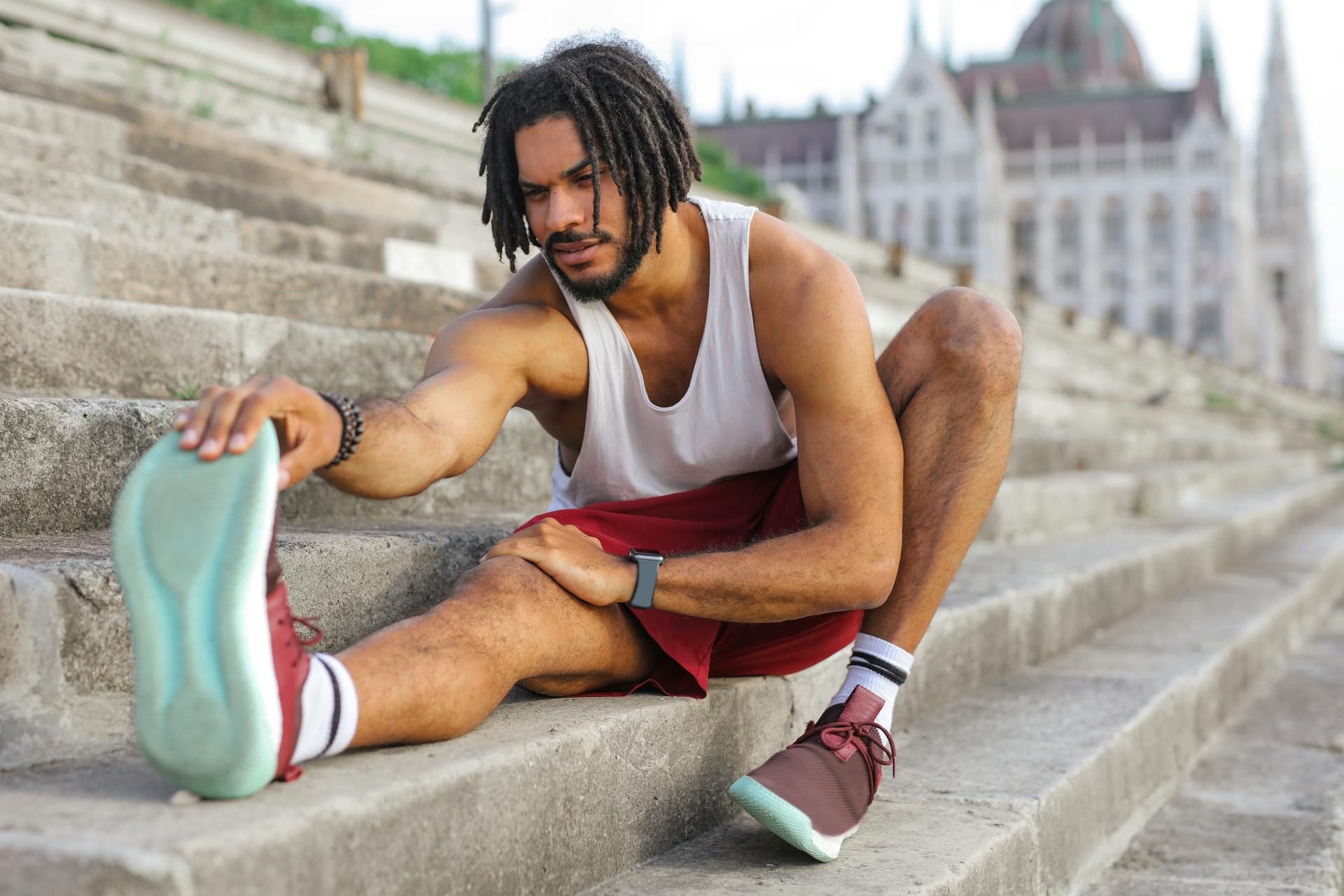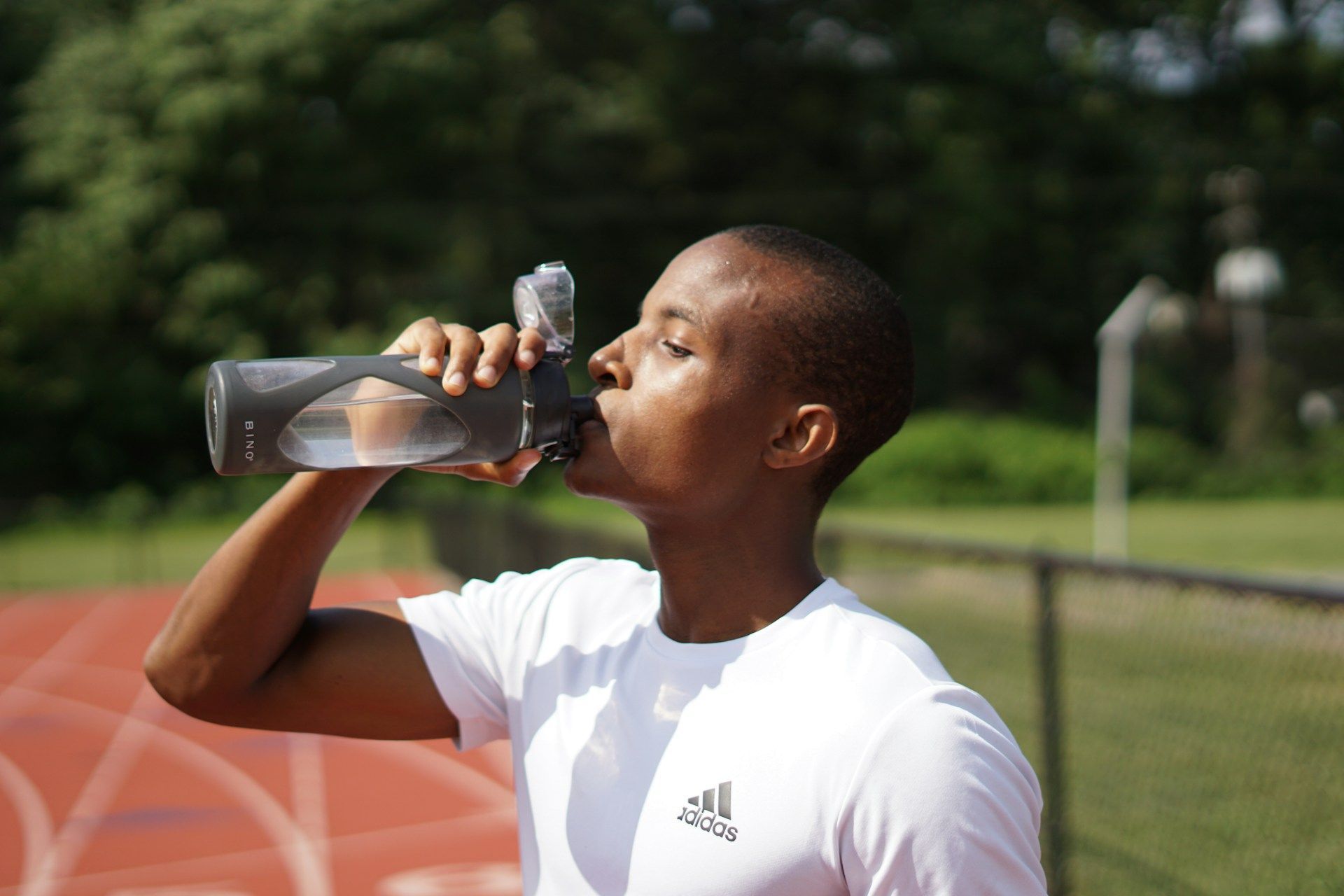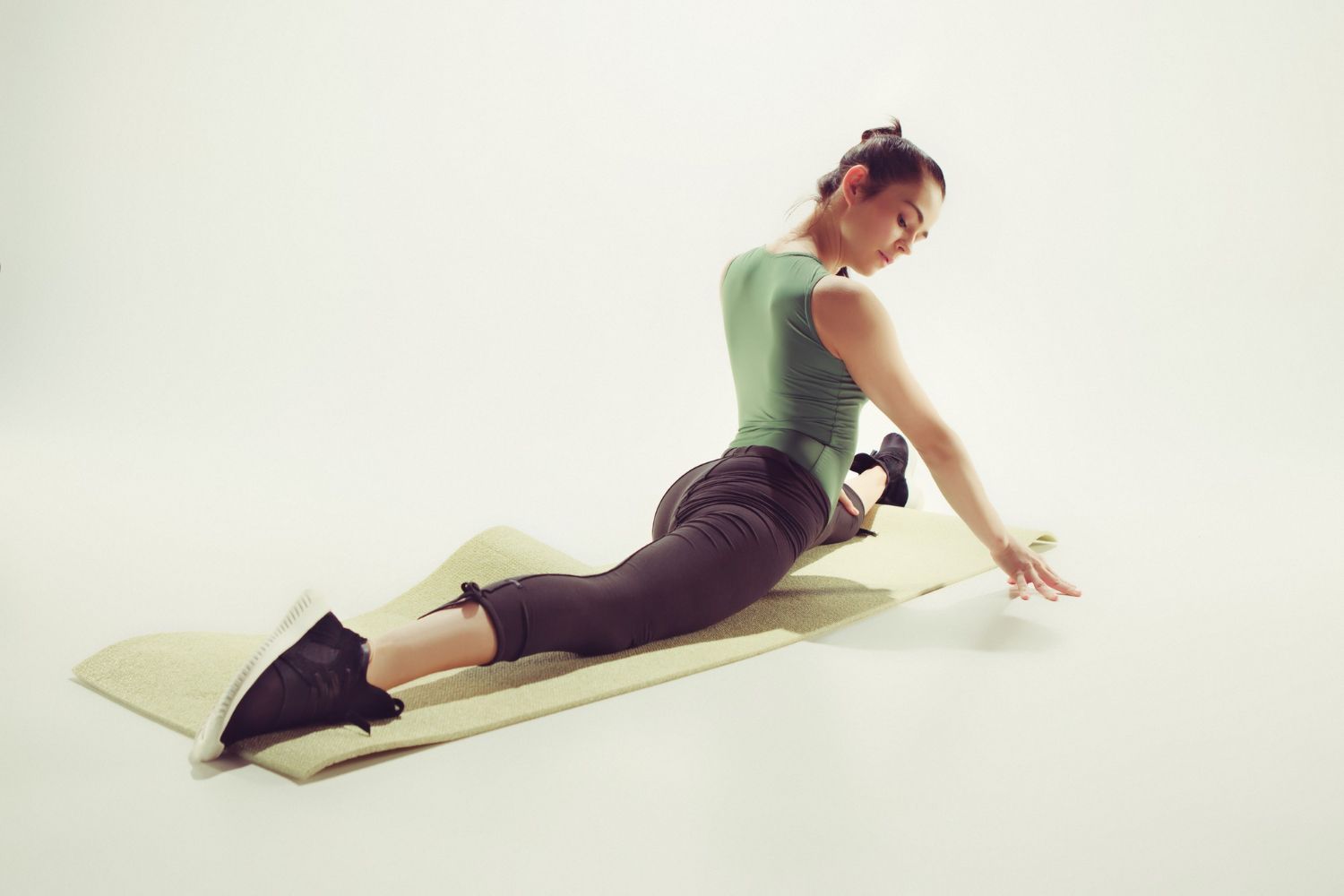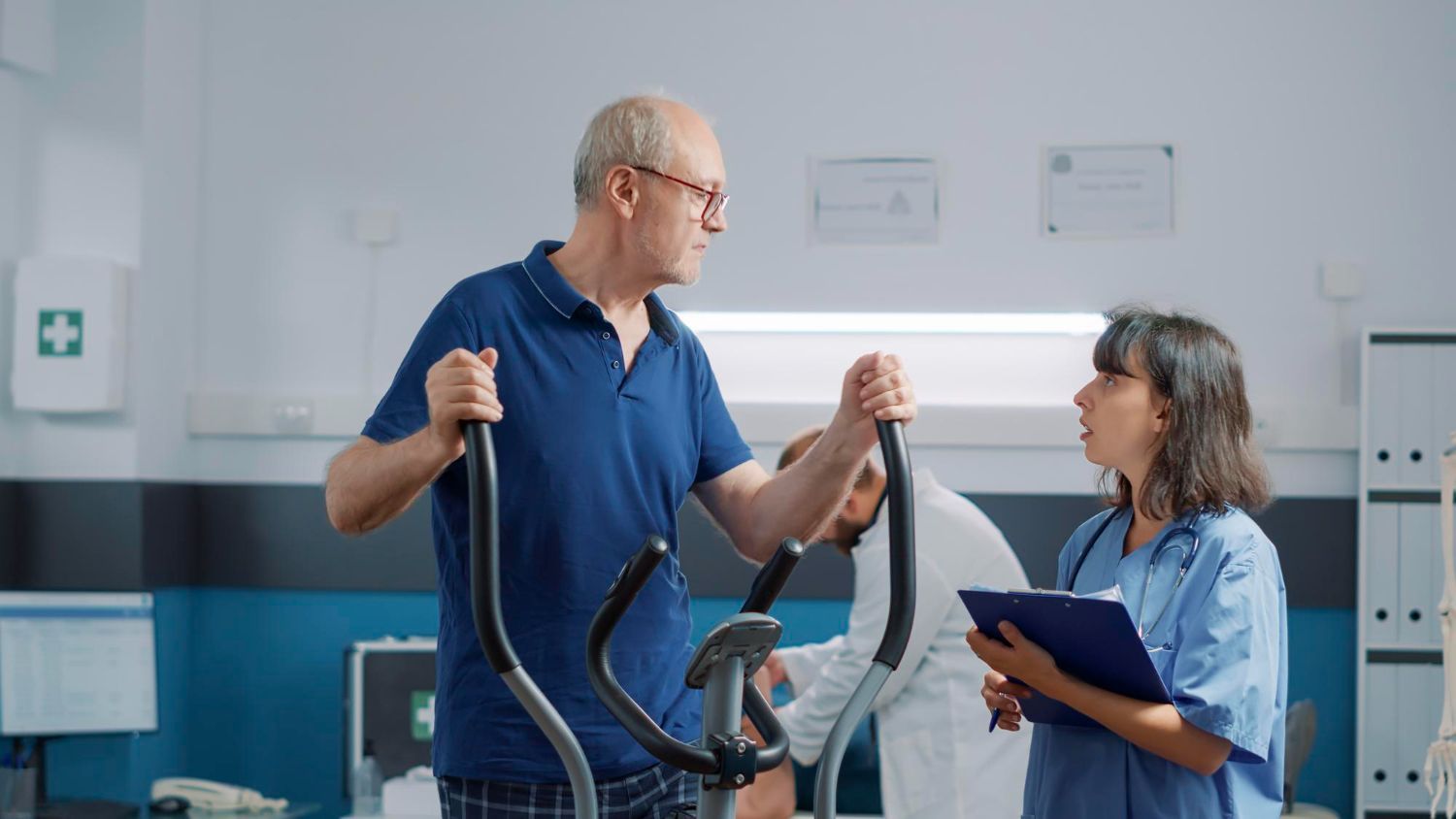Maintaining Muscular Strength During Rehabilitation
Recovering from an injury or illness can be a challenging journey, especially when it comes to maintaining muscle strength. When you're sidelined by health setbacks, muscle loss is a common concern. It's vital to keep muscles active to support healing and regain independence.
On St. Simons Island, staying strong through rehabilitation is important for getting back to daily activities and enjoying the local lifestyle. Muscle strength plays a crucial role in how you move and how quickly you recover. It assists in maintaining balance and endurance, which are essential when you're on the path to recovery.
So, let’s discuss strategies for keeping your muscles engaged and strong during rehabilitation. Understanding the basics of maintaining muscle strength and working with the right support can make all the difference on your road to recovery, and Live Oak Fitness is here to help.
Understanding Muscle Loss During Rehabilitation
When you're dealing with an injury or illness, your muscles can become weaker due to less movement. This is called muscle atrophy. You might not use your muscles as much because of rest or limited mobility. As a result, your muscles can shrink and lose strength.
Keeping muscle strength is crucial during recovery. Strong muscles help your body heal faster, and they also make everyday activities easier to handle. You need your muscles to function well, both for simple tasks and for more active hobbies. They support your body and help you stay balanced and steady.
To navigate these hurdles, it's important to focus on keeping muscles engaged and find creative ways to include exercise in your routine. Knowing these challenges helps create a plan that works best for your recovery journey.
Strategies To Maintain Muscular Strength
Keeping your muscles strong during rehabilitation involves staying active in a safe way. Here are some strategies to maintain muscle strength:
1. Gentle Resistance Exercises
Use light weights or resistance bands to perform exercises that strengthen your muscles without putting too much stress on them. Start small and build up as you improve.
2. Range of Motion Workouts
These exercises help keep your joints flexible and maintain muscle tone. Try gentle stretches or slow movements that encourage your muscles to move fully.
3. Isometric Exercises
These focus on contracting your muscles without moving the joint. Try pressing your hands together in front of your chest or pushing against a wall.
4. Water Activities
Swimming or water aerobics can reduce pain and support your body while staying active. The water's buoyancy helps you move more freely.
During different stages of recovery, adapt these exercises to fit your current abilities. It's important to keep your muscles working to support both your short-term healing and long-term strength, especially with the unique recovery needs present on St. Simons Island.
Adapting Exercises To Fit Rehabilitation Needs
Personalizing exercises during rehabilitation is essential to accommodate different physical limits. By tailoring activities to meet your specific needs, you reduce the risk of further injury and make steady progress. Each person's recovery journey is unique, so adapting exercises helps people use strength safely and effectively.
Tip: It is important for your health and safety to always check with your doctor or one of the personal trainers at Live Oak Fitness before beginning any workout program.
1. Start With Simple Motions
Start with basic exercises that don't require complex movements. For example, seated leg lifts or arm raises can keep muscles working without overexerting them.
2. Use Assistance
Use objects like chairs for balance or resistance bands to add variety without increasing intensity. These tools can help you perform exercises safely.
3. Modify Existing Exercises
Change traditional exercises to better fit your current ability. For instance, if full squats are difficult, try half squats or wall-supported squats instead.
4. Gradual Escalation
Increase the difficulty level of your exercises slowly. Gentle progress is important to ensure safety and sustainability, especially on St. Simons Island, where the focus might often be on enjoying an active lifestyle outdoors.
Understanding how to modify exercises provides flexibility in your approach, ensuring that no matter your starting point, every effort contributes positively to your recovery.
Importance of Professional Support
Getting help from professionals during rehabilitation can be a game-changer for many people. Professionals offer valuable guidance that helps make your rehab journey easier and more effective. They know how to make personal plans that fit your specific situation, which is important when aiming to regain muscle strength safely.
With expert support, you are less likely to push too hard or stay too inactive. Specialists can identify what exercises are best for you and suggest any changes needed to ensure you progress at a healthy pace. Working with a professional means having someone who understands your goals and challenges, making it easier to stay motivated and focus on your recovery.
On St. Simons Island, trained professionals can create a program suited just for you, taking into account your personal needs and the requirements of your rehabilitation. Live Oak Fitness offers specialized support, ensuring that your efforts to regain muscular strength are effective, safe, and aligned with your lifestyle.
With their help, you can confidently work towards rebuilding your strength with a plan that fits your unique recovery path.
Conclusion
Are you thinking about boosting your recovery journey? Live Oak Fitness is here to assist you with personalized rehab plans that focus on your unique muscle strength needs. Our
personal trainers on St. Simons Island are committed to making your rehabilitation
effective and enjoyable. Take the next step with confidence, and let us guide you toward a stronger tomorrow!
